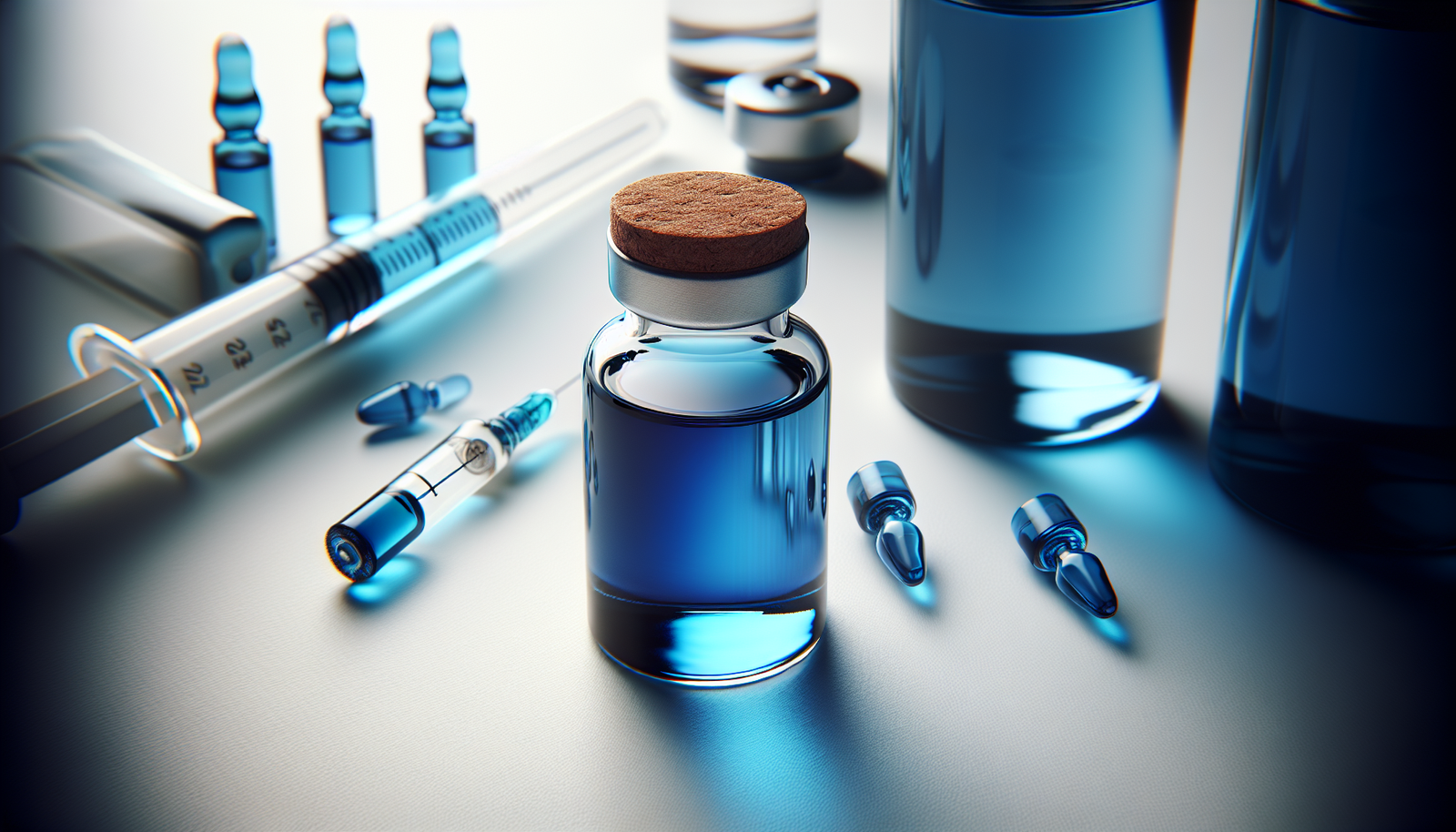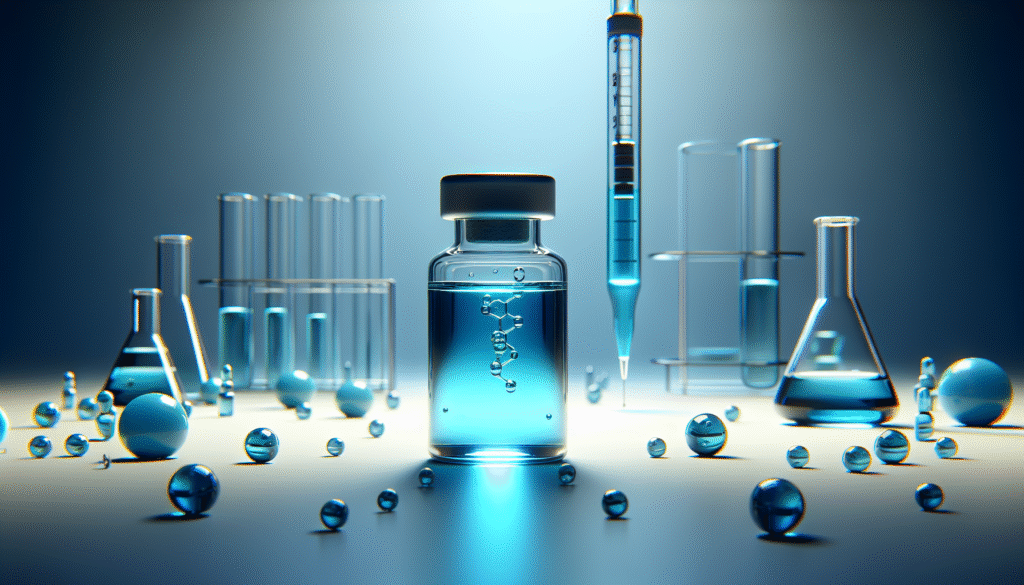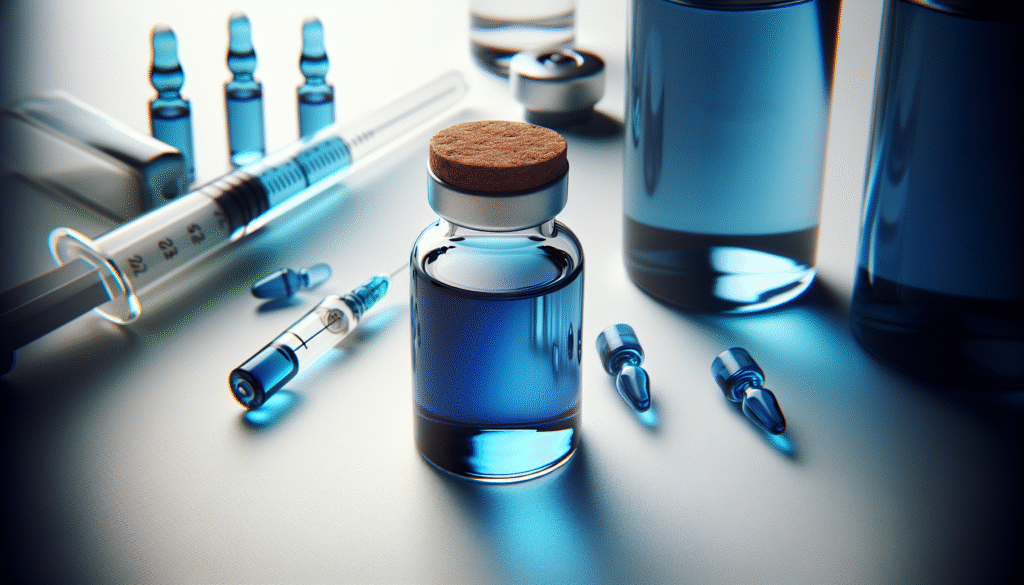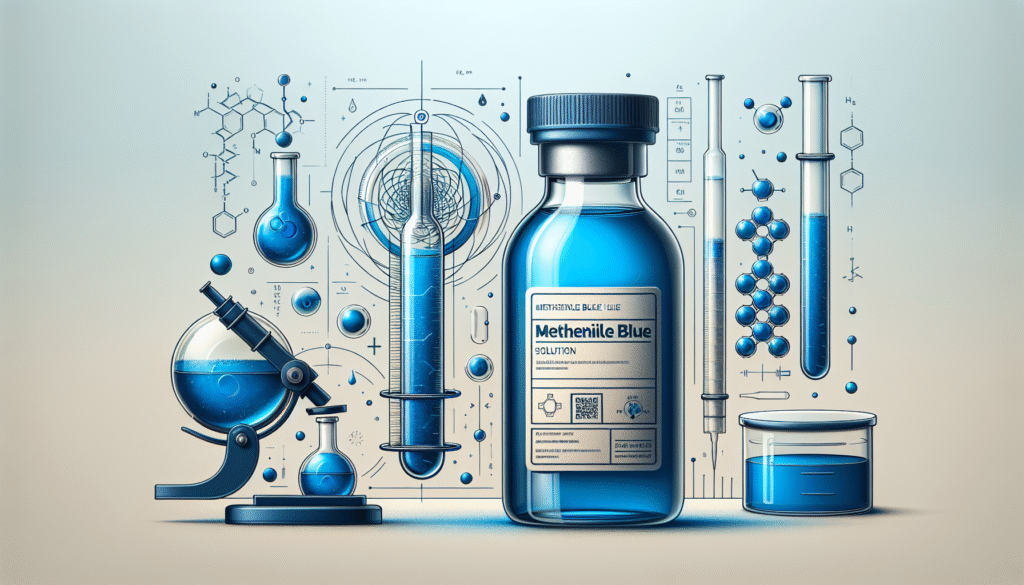
What do you know about Methylene Blue? This fascinating compound has a complex history and a myriad of potential applications, ranging from its origins in medicine to its role in modern scientific research. Understanding Methylene Blue involves exploring its chemical properties, how it interacts with biological systems, and its potential benefits and uses.

What Is Methylene Blue?
Methylene Blue is an organic compound that has garnered attention across various fields, including medicine, biology, and chemistry. As a synthetic dye, it has been utilized since the 19th century, originally to stain biological specimens. Over time, its therapeutic potential has been recognized, leading to a diverse range of applications.
Chemical Structure and Properties
At its core, Methylene Blue is a phenothiazine derivative with a striking blue color due to its chemical structure. Its molecular formula is C16H18ClN3S, featuring a central phenothiazine ring. The resonance structures associated with its chemical makeup contribute to its stability and solubility in water, making it an effective tool in various applications.
This compound has garnered interest not only due to its unique color but also because of its redox-active properties. Its ability to undergo oxidation and reduction reactions renders it useful in numerous biochemical processes.
Historical Background
The discovery of Methylene Blue dates back to 1876 when it was first synthesized by German chemist Heinrich Caro. Initially, it was used as a dye in textiles, but by the late 19th century, its potential as a therapeutic agent began to be explored. Methylene Blue was employed as a treatment for conditions like malaria and to mitigate methemoglobinemia, a condition where hemoglobin is unable to effectively carry oxygen in the blood.
Its enduring relevance in medical and scientific contexts is a testament to its multifaceted nature and the ongoing exploration of its capabilities.
Mechanism of Action
How does Methylene Blue work within biological systems? Its mechanisms are varied and depend on the context in which it is used.
Role as a Redox Agent
One of the primary functions of Methylene Blue is its role as a redox agent. In biochemical terms, it can accept and donate electrons, facilitating oxidation-reduction reactions. This property is particularly vital in cellular respiration, the process by which cells produce energy.
When Methylene Blue is introduced into the system, it can participate in redox reactions that enhance mitochondrial respiration, potentially increasing ATP production—the energy currency of the cell. Thus, its application in therapeutic contexts, particularly in mitochondrial dysfunction, opens exciting avenues for research.
Interaction with Methemoglobin
Methylene Blue has the distinct ability to convert methemoglobin back to hemoglobin. In methemoglobinemia, the ferrous (Fe2+) form of iron in hemoglobin is oxidized to the ferric (Fe3+) form, rendering it incapable of binding oxygen. Methylene Blue acts as a reducing agent in this scenario, providing electrons that convert ferric iron back to its ferrous state, thus restoring functionality.
Neuroprotective Effects
Emerging studies suggest that Methylene Blue may exhibit neuroprotective properties. Through its actions in modulating mitochondrial function and reducing oxidative stress, it may protect neural tissues from damage. Research into its use in neurodegenerative diseases such as Alzheimer’s and Parkinson’s is still ongoing, but initial findings are promising.

Applications of Methylene Blue
Understanding the applications of Methylene Blue reveals its versatility across disciplines, from traditional medicine to cutting-edge scientific research.
Medical Uses
Methylene Blue has been employed in various medical treatments for over a century. Here’s a summary of some common applications:
| Application | Description |
|---|---|
| Treatment of Methemoglobinemia | Administered intravenously to convert methemoglobin back to hemoglobin. |
| Antimicrobial Use | Exhibits antibacterial and antifungal properties, sometimes used in treating infections. |
| Treatment of Malaria | Historically used as an antimalarial agent, though less common today. |
| Diagnostic Imaging | Used in imaging tests to visualize organs and structures in the body. |
Research and Experimental Uses
Beyond clinical applications, Methylene Blue is pivotal in research settings. Some experimental uses include:
| Research Area | Description |
|---|---|
| Biochemistry | Utilized as a redox dye to study electron transport chains and oxidative phosphorylation. |
| Cellular Biology | Employed to trace cellular processes, aiding in understanding cell viability and function. |
| Neuroscience | Investigated for its potential to protect neurons and improve cognitive function in models of neurodegeneration. |

Benefits and Risks
While Methylene Blue presents numerous benefits, it is crucial to be aware of potential risks and side effects associated with its use.
Potential Benefits
- Improved Oxygenation: By converting methemoglobin to hemoglobin, Methylene Blue enhances oxygen delivery throughout the body.
- Antioxidant Properties: It reduces oxidative stress within cells, potentially guarding against damage from free radicals.
- Cognitive Enhancement: Research suggests that it may improve memory and cognitive function, particularly in aging populations.
Possible Risks and Side Effects
Despite its therapeutic effects, Methylene Blue is not without risks:
- Allergic Reactions: Some individuals may experience allergic reactions, ranging from mild skin irritation to more severe symptoms.
- Serotonin Syndrome: When combined with certain antidepressants, it can elevate serotonin levels dangerously, leading to serotonin syndrome.
- Urine and Stool Discoloration: It may cause urine and stool to turn blue or green, which, while harmless, can be alarming for patients.
Dosage and Administration
If considering Methylene Blue for therapeutic use, understanding the appropriate dosage is crucial. Dosages can vary widely depending on the application:
- Methemoglobinemia: The typical adult dosage is 1-2 mg/kg administered intravenously, with possible repeat doses as needed.
- Antimicrobial Use: When used as an antiseptic, concentrations may vary based on formulation.
Always consult a healthcare professional for guidance specific to individual circumstances and conditions.

Conclusion
Methylene Blue stands out as a compound with a rich history and a promising future across medicine, research, and environmental sciences. Its multifaceted roles—from a redox agent that facilitates energy production to a mediator in restoring hemoglobin functionality—underscore its significance.
As research into its applications continues, the potential benefits of Methylene Blue may extend even further, leading to innovative treatments and applications that could enhance human health and understanding of biochemical processes. However, equilibrium must be maintained, remaining cognizant of its risks and ensuring informed usage.
With such a nuanced compound, your exploration into Methylene Blue may lead to revelations about its effects on your health or how it fits into the larger tapestry of biochemical research. It’s essential to stay informed and approach any potential use with a comprehensive understanding of both the benefits and the risks associated with this fascinating chemical.
